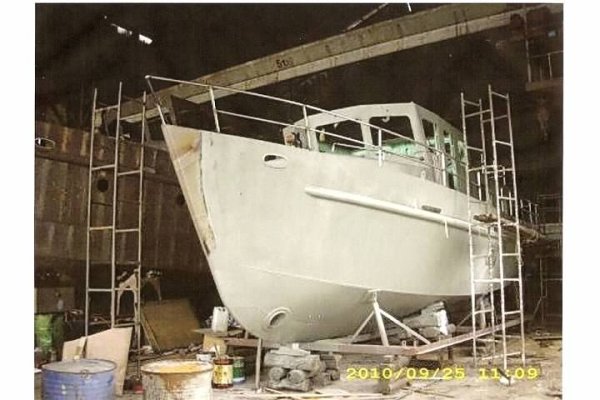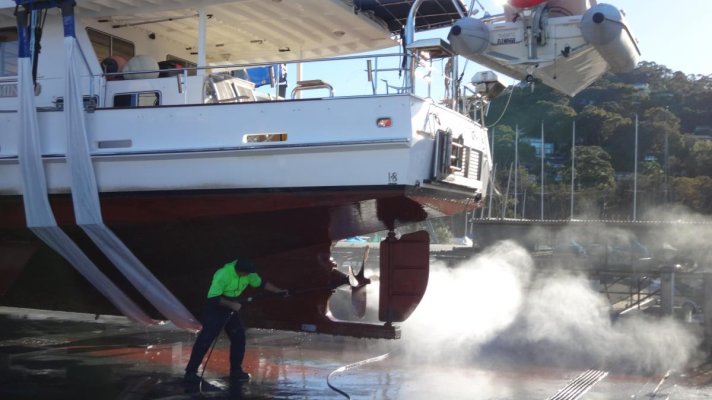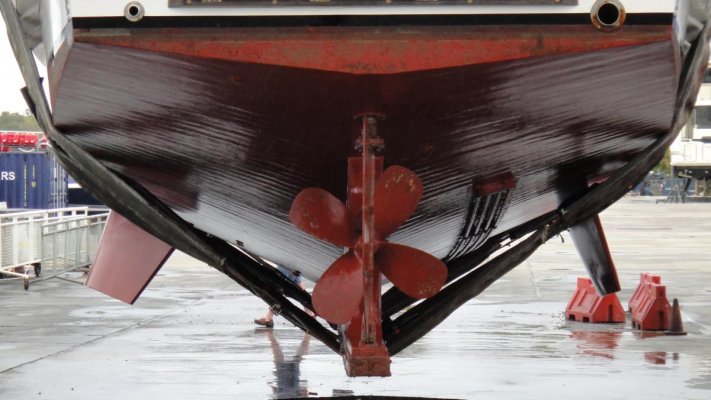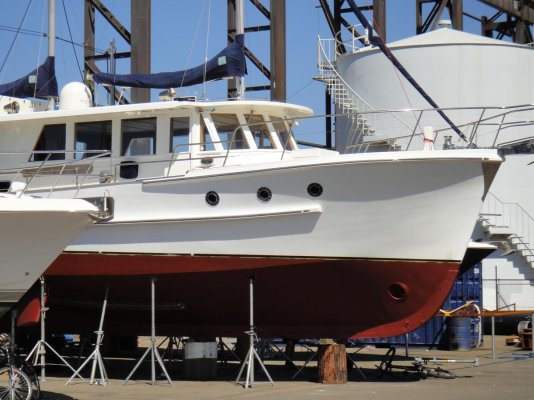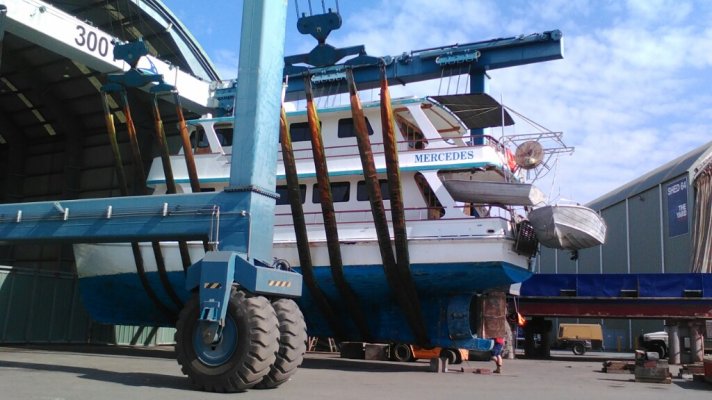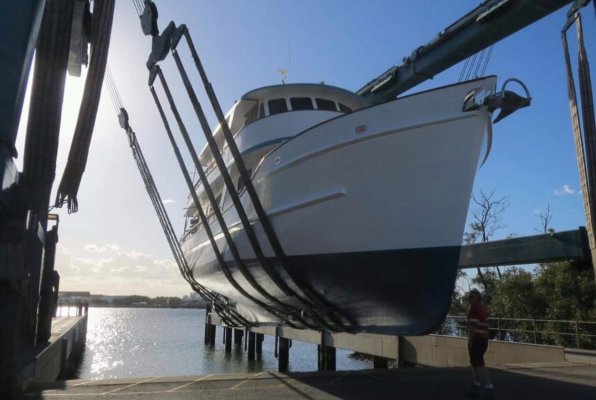Greetings all;
I know there are many earlier discussions about the realities of wood trawlers. I don't have a Loop boat yet, but will begin seriously looking next year. I'm familiar with the challenges and added maintenance of wood hulls...for the right price (probably cash) a sound wooden hull offers a lot. Obviously the survey is hyper-critical, by the right person.
BUT...I'm wondering about heavy wood hulls when being hauled, cradled or in the case of the Big Chute Railway lift on the Trent-Severn.
The yards in the PNW or in the far Northeast would have a lot of experience with wood, but I'm in Texas where 'glas is about the only hull material.
What are your thoughts on this specific issue?
I know there are many earlier discussions about the realities of wood trawlers. I don't have a Loop boat yet, but will begin seriously looking next year. I'm familiar with the challenges and added maintenance of wood hulls...for the right price (probably cash) a sound wooden hull offers a lot. Obviously the survey is hyper-critical, by the right person.
BUT...I'm wondering about heavy wood hulls when being hauled, cradled or in the case of the Big Chute Railway lift on the Trent-Severn.
The yards in the PNW or in the far Northeast would have a lot of experience with wood, but I'm in Texas where 'glas is about the only hull material.
What are your thoughts on this specific issue?

